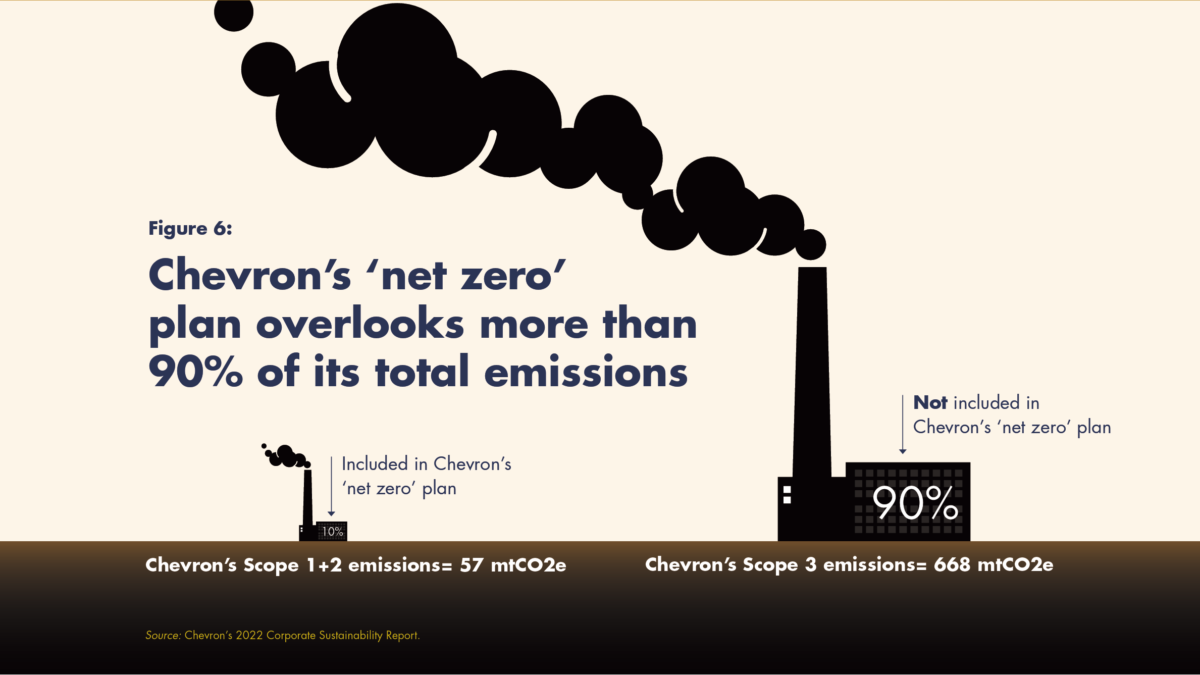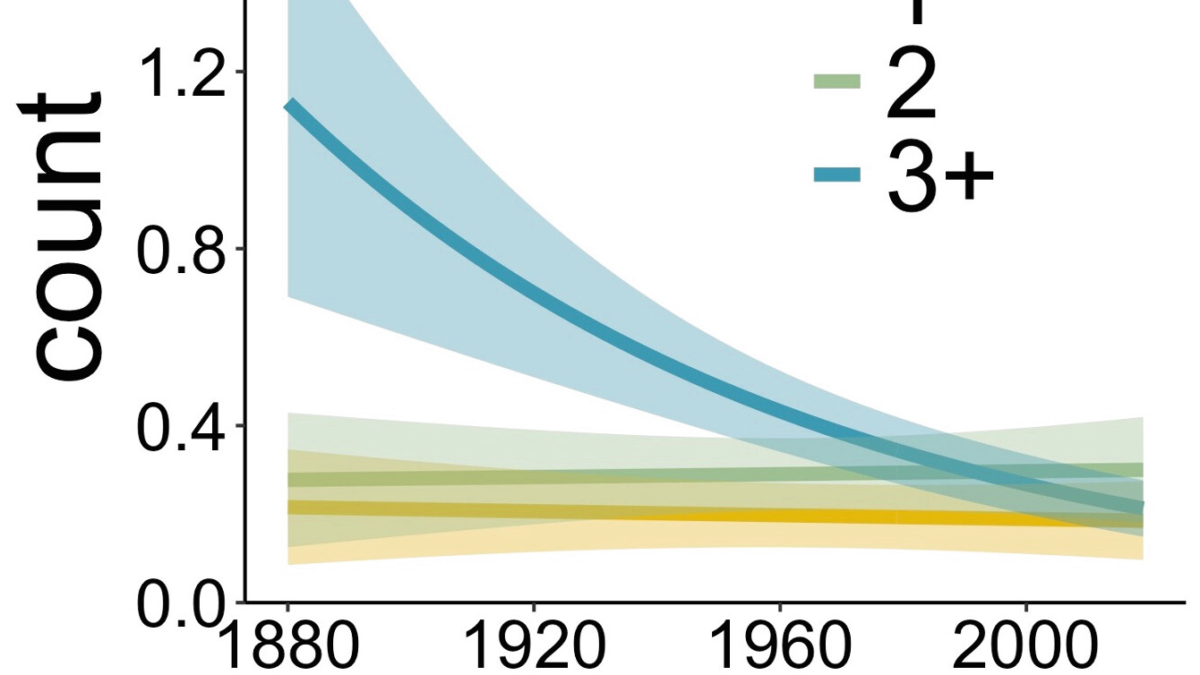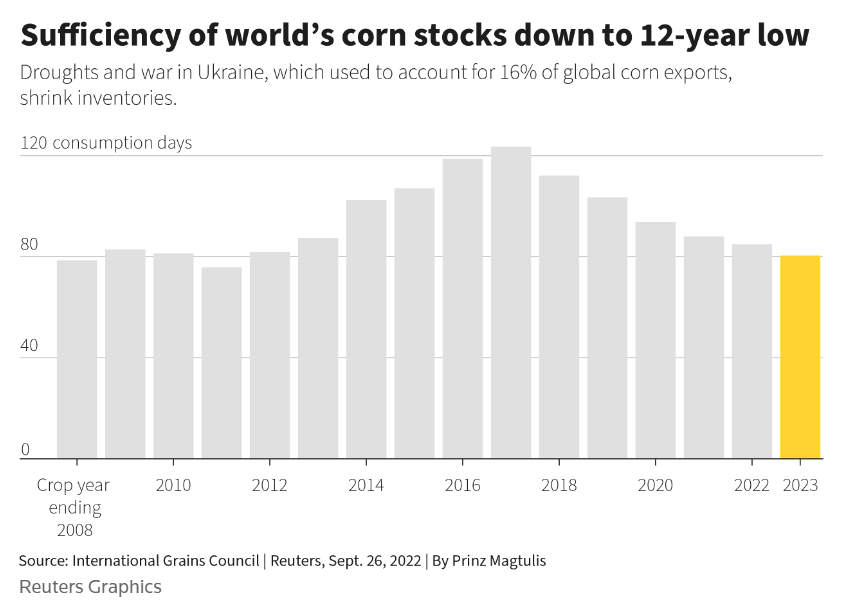The American climate migration has already begun – More than 3 million Americans lost their homes to climate disasters in 2022
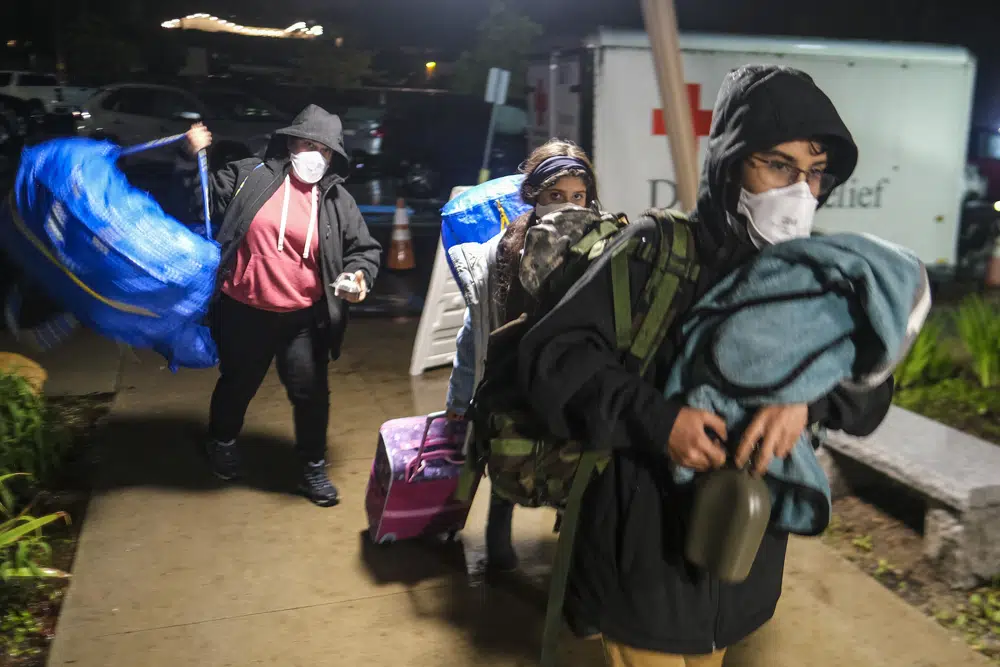
By Jake Bittle
23 February 2023
(The Guardian) – Over the past decade, the US has experienced a succession of monumental climate disasters. Hurricanes have obliterated parts of the Gulf Coast, dumping more than 50 inches of rain in some places. Wildfires have denuded the California wilderness and destroyed thousands of homes. A once-in-a-millennium drought has dried up rivers and forced farmers to stop planting crops. Many of these disasters have no precedent in living memory, and they have dominated the headlines as Americans process the power of a changing climate.
But the disasters themselves are only half the story. The real story of climate change begins only once the skies clear and the fire burns out, and it has received far less attention in the mainstream media.
In the aftermath of climate disasters, as victims try to cope with the destruction of their homes and communities, they start to move around in search of safe and affordable shelter. Many of them have no choice but to move in with family members or friends, while others find themselves forced to seek out cheaper apartments in other cities. Some rebuild their homes only to sell them and move to places they deem less vulnerable, while others move away only to return and lose their homes again in another storm or fire.
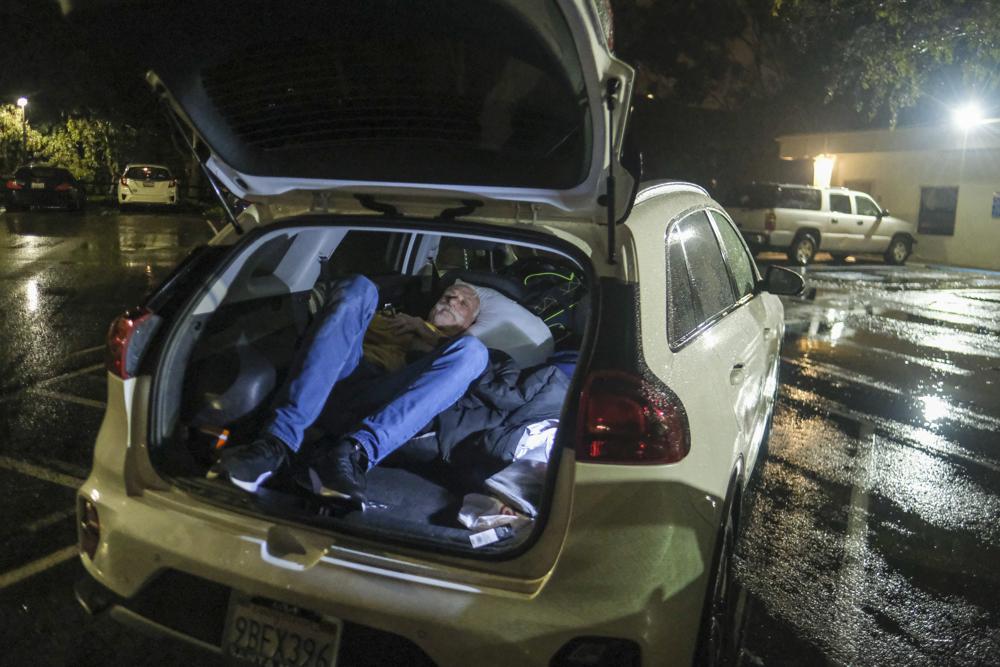
We as Americans don’t often hear about this chaotic process of displacement and relocation, but the scale of movement is already overwhelming: more than 3 million Americans lost their homes to climate disasters last year, and a substantial number of those will never make it back to their original properties. Over the coming decades, the total number of displaced will swell by millions and tens of millions, forcing Americans from the most vulnerable parts of the country into an unpredictable, quasi-permanent exile from the places they know and love.
This migration won’t be a linear movement from point A to point B, and neither will it be a slow march away from the coastlines and the hottest places. Rather, the most vulnerable parts of the United States will enter a chaotic churn of instability as some people leave, others move around within the same town or city, and still others arrive only to leave again. In parts of California that are ravaged by wildfire, disaster victims will vie against millions of other state residents for apartments in the state’s turbulent housing market. In cities like Miami and Norfolk, where sea levels are rising, homeowners may watch their homes lose value as the market shies away from flood-prone areas. The effects will be different in every place, but almost everywhere the result will be the same: safe shelter will get scarcer and more expensive, loosening people’s grip on the stability that comes with a permanent home.
The warming of the planet is only part of the reason for this displacement. It’s true that as the Gulf of Mexico warms up and heat dries out western ecosystems, ordinary disasters become more severe. But again, that’s only part of the story. The other reason for all this climate chaos is that the US has spent much of the past century building millions of homes in the most vulnerable places, pushing into fire-prone mountain ranges and right up to the banks of rivers that were destined to flood. The developers and local officials who were responsible for all this construction were sometimes ignorant of the dangers, but other times they steamrolled ahead even while knowing the potential for ruin.

All that construction has put millions of people in harm’s way, and the public and private entities who aid in disaster recovery can’t keep up. The US Federal Emergency Management Agency (FEMA) lacks the resources to help the communities hit by disasters achieve a long-term recovery, and the agency spends most of its money on building things back exactly the same as they once were, which locks in the potential for future disasters to ruin the same homes and displace the same people. The Biden administration has funneled billions of dollars into new programs that could help communities armor against future disasters, but progress has been slow.
The private insurance industry and the private housing market also push people out of their homes. In California, for instance, the large insurers have stopped offering fire insurance to people who live in the riskiest areas, or have raised costs to unaffordable levels, forcing homeowners to reconsider whether they can afford to stay where they are. Many of the places that are most vulnerable to disasters are also experiencing a severe housing shortage, which makes recovery almost impossible. [more]
